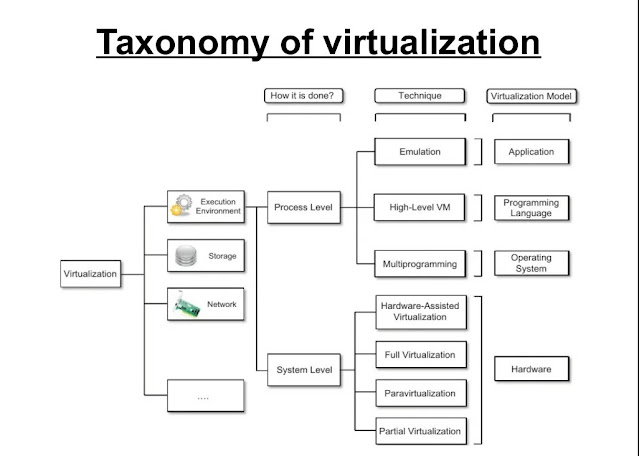Explain RULE BASE CLASSIFIER with example./Properties of rule-based classifiers
RULE BASE CLASSIFIER
- Rule-based classifiers are just another type of classifier that makes the class decision depending by using various "if-else" rules. These rules are easily interpretable and thus these classifiers are generally used to generate descriptive models. The condition used with "if" is called the antecedent and the predicted class of each rule is called the consequent. An IF-THEN rule is an expression of the form IF condition THEN conclusion.
- For example, IF((Refund=No)^ (Marital Status = {Married})) THEN No. Alternatively, if then rule can be expressed as, (Refund=No)^ (Marital Status= = (Married))→ No. The "IF" part (or left side) of a rule is known as the rule antecedent or precondition. The "THEN" part (or right side) is the rule consequent. In the rule antecedent, the condition consists of one or more attribute tests that are logically ANDed. The rule's consequence contains a class prediction.
- Rule-based classifiers predict the class label of a given data tuple X, the class label present in the consequence of a rule if that rule condition is satisfied by the attribute value of X.
Properties of rule-based classifiers
- Coverage: The percentage of records that satisfy the antecedent conditions of a particular rule.
- The rules generated by the rule-based classifiers are generally not mutually exclusive, i.e. many rules can cover the same record.
- The rules generated by the rule-based classifiers may not be exhaustive, i.e. there may be some records that are not covered by any of the rules.
- The decision boundaries created by them are linear, but these can be much more complex than the decision tree because many rules are triggered for the same record.
Example of RULE BASE CLASSIFIER




Comments
Post a Comment